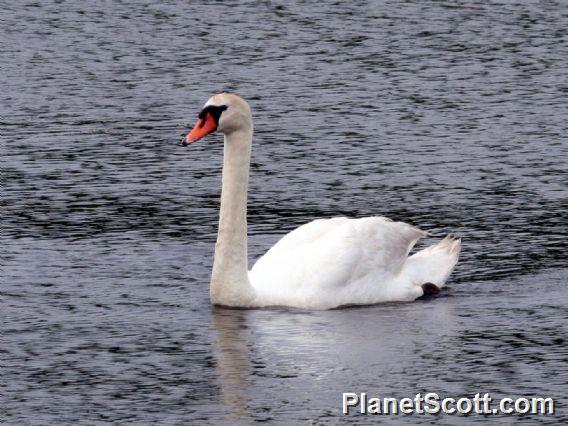Mute Swan (Cygnus olor)

Mute Swan (Cygnus olor)
×


Mute Swan (Cygnus olor)
About Mute Swan (Cygnus olor)
- Kingdom: Animals
- Phylum: Chordates
- Class: Birds
- Order: Anseriformes
- Family: Swans, Geese, and Ducks
The mute swan is a species of swan and a member of the waterfowl family Anatidae. It is native to much of Eurasia and the far north of Africa. It is an introduced species in North America, home to the largest populations outside of its native range, with additional smaller introductions in Australasia and Southern Africa. The name "mute" derives from it being less vocal than other swan species. Measuring 125 to 160 cm in length, this large swan is wholly white in plumage, with an orange beak bordered with black. It is recognisable by its pronounced knob atop the beak, which is larger in males.
Source: Wikipedia
Trips
Visits
-
-
-
2007-06-14
Cape May National Wildlife Refuge - Deleware Bay, United States of AmericaThree of the birds, in particular, flew past me with all black beaks. -
2008-07-13
Jamaica Bay National Wildlife Refuge, United States of America -
2010-06-21
Cape May Point State Park, United States of America -
2013-03-04
John Heinz NWR at Tinicum (IBA), United States of AmericaSeen in a pond a couple of miles from the refuge -
-
2015-03-17
Oslo, Norway -
-
-
-
-
-
-
-
-
-
-
-
-
-
-
-
-



